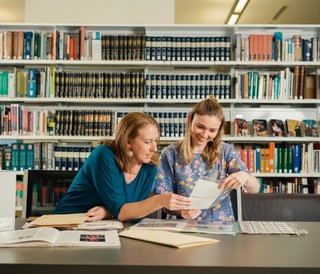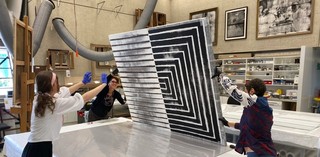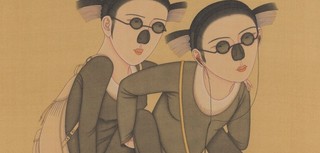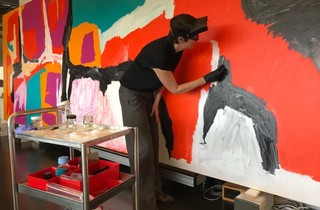
The QAGOMA Research Library is located at GOMA / View full image
Library
QAGOMA's Research Library holds an extensive number of QAGOMA Conservation Research Papers.
Open: 10.00am – 4.45pm, Tue–Fri
Gallery of Modern Art, Level 3
Closed weekends, Mondays and public holidays.




